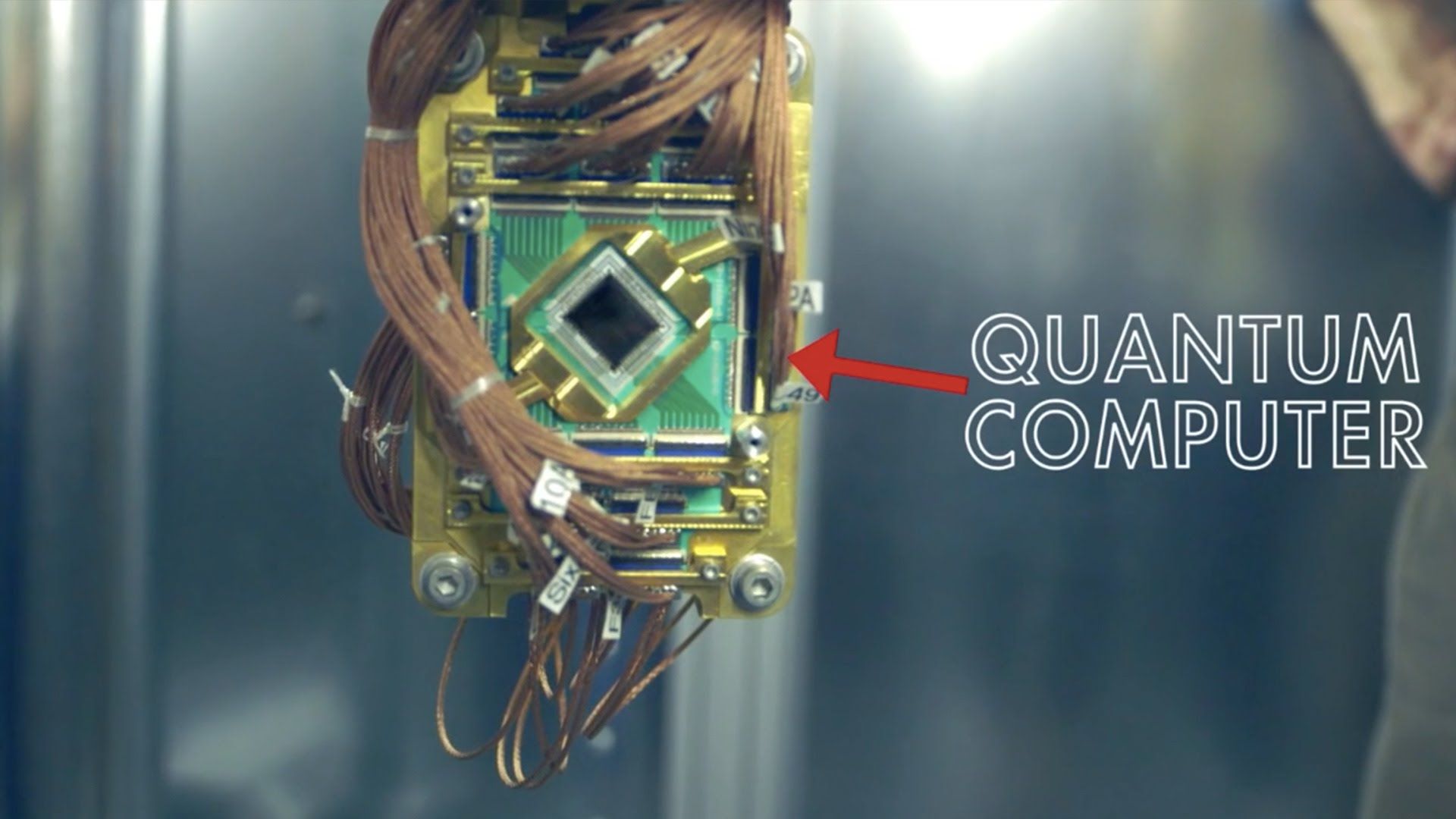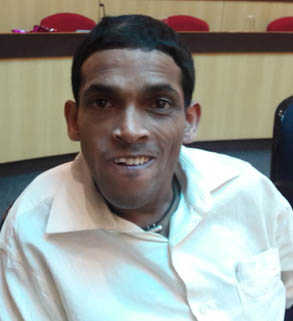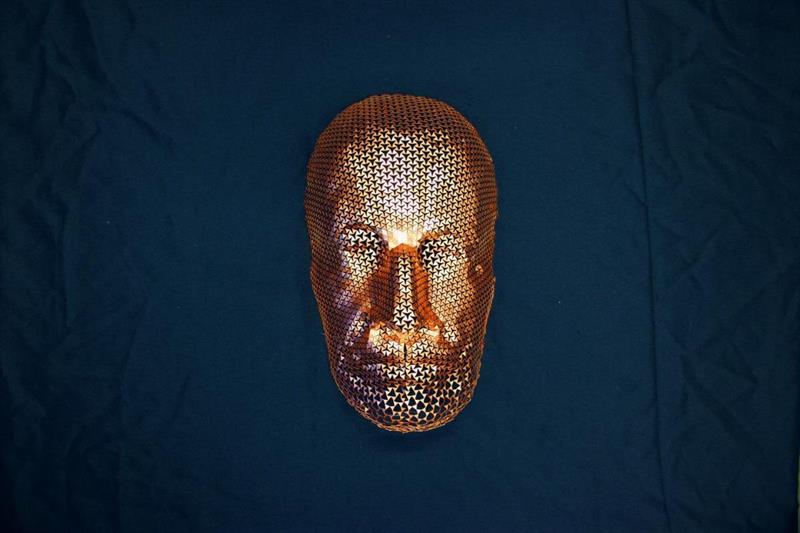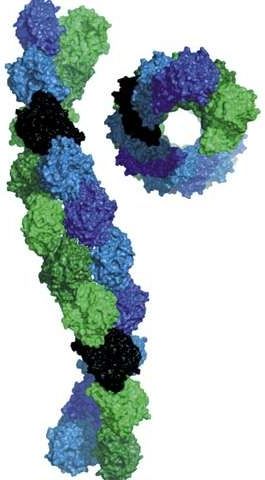Page 11035
Jul 20, 2016
Liquid Biopsies Developed for Ovarian Cancer: Mayo Clinic
Posted by Karen Hurst in category: biotech/medical
Mayo Clinic researchers have developed the first liquid biopsies from blood tests and DNA sequencing that can detect ovarian cancer long before a tumor reappears.
The advance, reported by the Mayo Clinic Center for Individualized Medicine, provides a promising new way to monitor and treat recurrences of ovarian cancer — a hard-to-detect disease that claims many lives.
Lead researcher Dr. George Vasmatzis, Ph.D., of the Department of Laboratory Medicine and Pathology at Mayo Clinic, said the development could lead to earlier intervention and more effective, individualized treatment for the often-fatal condition.
Continue reading “Liquid Biopsies Developed for Ovarian Cancer: Mayo Clinic” »
Jul 20, 2016
Mall of America joins virtual reality revolution
Posted by Karen Hurst in category: virtual reality
Even the shopping malls are going VR.
Mall of America is using leading-edge technology to enhance the on- and offsite customer experience.
The Bloomington, Minnesota-based center is the latest retail participant to adopt virtual reality (VR) technology. A new, VR-based immersive experience allows customers to “see” retail, entertainment and live events within the mall.
Continue reading “Mall of America joins virtual reality revolution” »
Jul 20, 2016
One of the First Real-World Quantum Computer Applications Was Just Realized
Posted by Karen Hurst in categories: computing, engineering, quantum physics

Luv it; and this is only the beginning too.
In the continued effort to make a viable quantum computer, scientists assert that they have made the first scalable quantum simulation of a molecule.
Continue reading “One of the First Real-World Quantum Computer Applications Was Just Realized” »
Jul 20, 2016
Here’s How Google Is Racing to Protect You From Quantum Hackers
Posted by Karen Hurst in categories: computing, encryption, quantum physics

This is a true question especially since China launches their new Quantum Satellite communications in the next few weeks. I do believe some will be protected; however, the broader majority will be a stretch.
The encryption of today will be broken by the computers of tomorrow, even retroactively.
Continue reading “Here’s How Google Is Racing to Protect You From Quantum Hackers” »
Jul 20, 2016
Thermal Separation of Complex Polymers
Posted by Karen Hurst in categories: materials, particle physics
The Postnova TF2000 is an advanced thermal field flow fractionation (TF3) system that provides a highly efficient method of separating and characterising complex polymer samples such as natural or synthetic rubbers, starches and paints from approximately 10 kDa up to 100 MDa and more in organic and aqueous solvents.

The TF2000 uses a temperature gradient as the driving force for its separation of polymers and particles. Molecules affected by the thermal gradient undergo diffusion which enables separation by both their molar mass and chemical composition. This unique feature allows the separation of different materials having the same molar mass. The separation can be further optimized by the use of different eluents and various temperature programs.
Jul 20, 2016
Computational design tool transforms flat materials into 3D shapes
Posted by Karen Hurst in categories: biotech/medical, space
“Computational design tool transforms flat materials into 3D shapes” — I could use this many times over.
Researchers at Carnegie Mellon University and the Swiss Federal Institute of Technology in Lausanne, Switzerland (EPFL) have developed a new computational design tool can turn a flat sheet of plastic or metal into complex 3D shapes. They say the tool enables designers to fully and creatively exploit an unusual quality of certain materials — the ability to expand uniformly in two dimensions.
In this case, the researchers were making hexagonal cuts into flexible, but not normally stretchable plastic and metal sheets to give them the ability to expand uniformly, up to a point. But the design tool could be useful for a variety of synthetic materials, known as auxetic materials that share this same distinctive quality.
Continue reading “Computational design tool transforms flat materials into 3D shapes” »
Jul 20, 2016
Proteins that move DNA around in a bacterium are surprisingly similar to those in our own cells
Posted by Karen Hurst in categories: bioengineering, biotech/medical, evolution, singularity
Perfecting Synthetic biology — this definitely is advancement forward in the larger Singularity story.
In both higher organisms and bacteria, DNA must be segregated when cells divide, ensuring that the requisite share of duplicated DNA goes into each new cell. While previous studies indicated that bacteria and higher organisms use quite different systems to perform this task, A*STAR researchers have now found a bacterium that uses filaments with key similarities to those in multicellular organisms, including humans.
Robert Robinson from the A*STAR Institute of Molecular and Cell Biology has a long-standing interest in what he calls the “biological machines” that move DNA around when cells divide. He and his co-workers had gleaned from gene sequencing analysis that there was something distinctive about the DNA-moving machinery in the bacterium Bacillus thuringiensis.
Jul 20, 2016
Computer ‘fingerprints’ may give out your identity and location
Posted by Karen Hurst in categories: computing, electronics
Some folks will be freaked out by this while others will luv it.
A visitor tries out an HP Spectre XT laptop computer featuring an Intel Ultrabook processor at the Internationale Funkausstellung (IFA) 2012 consumer electronics trade fair on August 31, 2012 in Berlin, Germany. (Getty Images — Representational Image)
Jul 20, 2016
New study uses computer learning to provide quality control for genetic databases
Posted by Karen Hurst in categories: biotech/medical, computing, genetics, robotics/AI
AI and Quality Control in Genome data are made for each other.
A new study published in The Plant Journal helps to shed light on the transcriptomic differences between different tissues in Arabidopsis, an important model organism, by creating a standardized “atlas” that can automatically annotate samples to include lost metadata such as tissue type. By combining data from over 7000 samples and 200 labs, this work represents a way to leverage the increasing amounts of publically available ‘omics data while improving quality control, to allow for large scale studies and data reuse.
“As more and more ‘omics data are hosted in the public databases, it become increasingly difficult to leverage those data. One big obstacle is the lack of consistent metadata,” says first author and Brookhaven National Laboratory research associate Fei He. “Our study shows that metadata might be detected based on the data itself, opening the door for automatic metadata re-annotation.”
The study focuses on data from microarray analyses, an early high-throughput genetic analysis technique that remains in common use. Such data are often made publically available through tools such as the National Center for Biotechnology Information’s Gene Expression Omnibus (GEO), which over time accumulates vast amounts of information from thousands of studies.














